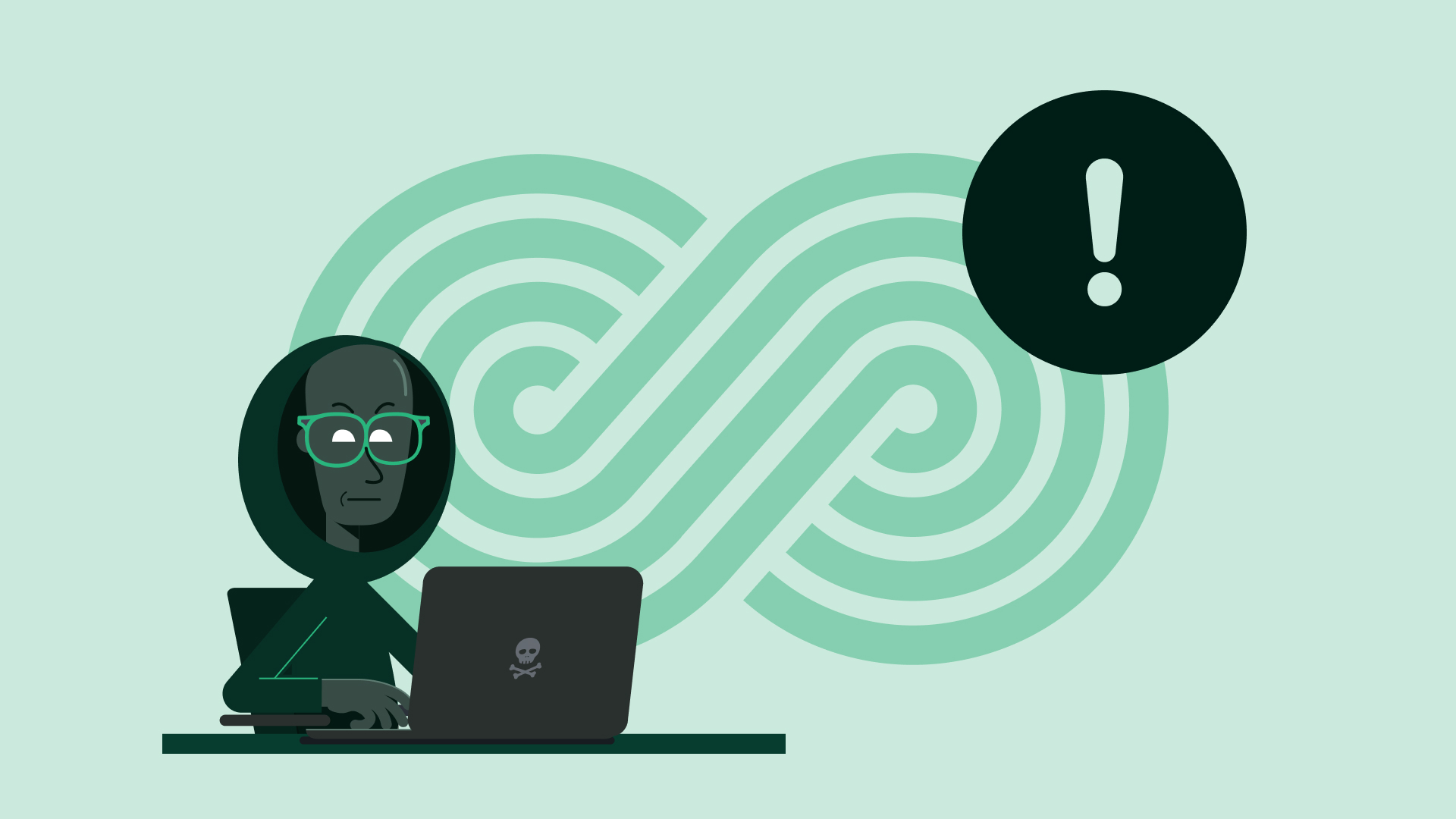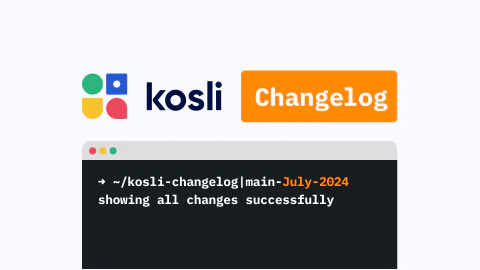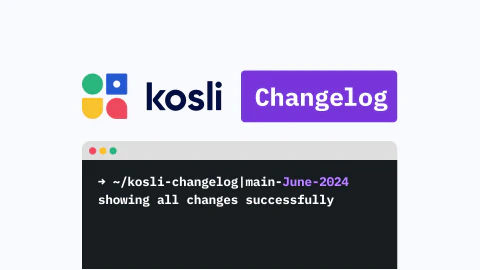According to the latest Crowdstrike report, in 2022 cloud-based exploitation increased by 95%, and there was an average eCrime breakout time of 84 minutes.
Just as significantly, in 2021, the Biden administration passed an executive order to improve the nation’s cybersecurity standards. There are also upcoming laws like DORA in the European Union.
So, increased cyber attacks and legislative pressures mean you need to (a) actively protect against threats and (b) prove that you are doing so.
For this you need continuous security monitoring and recording. Specifically, you need continuous security monitoring tools so your DevOps team can protect your applications and infrastructure against cyber threats.
Why Security Monitoring & Security Compliance Features Both Matter
In this post, we’re going to talk about both the importance of securing your production environments with continuous monitoring— and being able to demonstrate that they’re secure for the purpose of complying with various laws and regulations.
The former ensures that your system is fully secure and that there aren’t any existing vulnerabilities that could be exploited by internal or external actors. The latter ensures that your system is compliant according to any regulations that impact your business, including in highly-regulated industries like banking and healthcare.
In an ideal world, simply following industry standards and achieving compliance with e.g. ISO and SOC would be enough to guarantee you security too. But from a security standpoint you need to think deeper and more tactically than simply checking boxes. You can, after all, be secure without being compliant, and you can also be compliant without truly being secure. Achieving both is essential for your business.
For example, there is always the risk that someone can bypass all your safeguards and compliance standards. You could have a bad actor that’s either internal or external who successfully deploys non-secure, non-compliant code — and that’s where active security monitoring comes in, catching threats so you can resolve them quickly.
And, if you’re a regulated DevOps team, you need to ensure that testing, security scanning, code review, change controls and risk controls are not only executed but documented in real time. It’s also vital to complement what you’re doing in your CI pipelines with continuous environment reporting, so that you can know that the code you’re qualifying is the same as the code that’s actually running.
Advantages of Continuous Security Monitoring
Continuous security monitoring is about achieving ongoing awareness of cyber threats, along with your business’s vulnerabilities and up to date information about relevant information security practices.
It should be proactive instead of reactive— you’re aiming to prevent cyber threats, or at least identify them and react faster than if there’s no continuous monitoring in place.
These are the core advantages of continuous security monitoring:
- Strengthen the security posture of cloud-based applications. Since 94% of enterprises use Cloud-based technology, this is essential. Many DevOps team members have privileged access to development and production processes, which are often targeted in cyber attacks. Security monitoring can assess these threats proactively.
- Facilitate compliance with data protection regulations. There are extensive data protection regulations and laws, some of which vary by industry or location. Security monitoring software like Kosli can help you to prove compliance with the necessary requirements when it comes to data protection.
- Reduce the average time to detect and respond to incidents. If you’ve got a system in place to identify potential threats, you’re going to be able to find and react to them quickly. This can prevent significant damage along with data loss and theft, which can save you an enormous amount of manual work, funds, and a potential PR nightmare. When it’s hard to identify the specific change that caused an incident it can really drag out the mean time to recovery (MTTR). Kosli’s Change Forensics is really useful for incident response because it quickly gets you to the change responsible.
Ultimately, security monitoring must be continuous if you want to catch potential threats and react in real-time before they cause substantial damage to your company.
Key Features of Cloud Security Monitoring Tools
When choosing Cloud-based security monitoring tools, it’s important to look for the following features:
- Real-time monitoring and alerting capabilities. You want instant alerts so that your team can get to work immediately for quick incident response, as opposed to spending hours searching in logs and across dashboards for the change that caused the outage
- Log management and analysis. This is an essential feature for Cloud-based teams, as it can help you identify potential security breaches before data is stolen or destroyed.
- Integrations with various other cloud service providers. Make sure that the tools you’re considering integrate with your core tech stack, or that they at least offer customized integrations for high-level plans so that you can monitor your entire system.
- User activity tracking and anomaly detection. You want to be able to flag unauthorized access, but also track suspicious activity. Internal security threats are always a possibility, and having anomaly detection may help spot them.
- Compliance monitoring and reporting. Software and security auditing and compliance is a vital part of managing a business, so you need to choose a tool that keeps on the right side of industry regulations and laws.
Top Cloud Security Monitoring Tools
If you’re ready to invest in continuous security monitoring for DevOps, there are a long list of security monitoring tools that claim to help. Let’s take a look at four of the most popular cloud-based security monitoring tools for DevOps teams.
1. Kosli
Kosli is for DevOps teams who struggle to scale their manual processes for audit, compliance and security. For teams with complex infrastructure, microservices, and frequent deployments, staying on top of essential governance tasks can be a real pain. Kosli has a range of features that offer runtime security monitoring, process compliance, and continuous audit trails.
What makes Kosli different from other vendors is that it continuously monitors for changes in the code that’s running in the production environment. There are lots of other tools out there that can tell you if a firewall isn’t functioning, or that an app is too slow. We can tell you if the code you’re running in production is compliant and if it’s secure. You can also see who deployed it and where from, and whether it was tested, scanned, and code reviewed in accordance with your process/policies before being deployed. It also alerts you to unauthorized or off-pipeline changes - whether from internal or external actors.
Data that proves compliance with your SDLC is stored in our Evidence Vault, so you can access it at any time and use it to prove that everything is abiding by the relevant regulations and standards when you have an audit.
You can learn more about how it works here:
Embed code:
Best for: DevOps teams looking for an all-in-one runtime security monitoring and /audit compliance tool
Key features:
- Continuous runtime security monitoring at the code level
- Real-time monitoring and alerts
- Evidence Vault
- Security compliance features
- Security compliance audit tools
- Free Tier
Integrations:
- Slack for instant alerts
- Popular CI/CD tools
2. Chainguard
Chainguard helps you to lock down your supply chain security, so your team can develop securely from the ground up.
It helps you to deploy without vulnerabilities by reducing your attack surface through the use of minimal container images. Custom images and packages are checked for FIPS/FedRAMP compliance, and they also have compliance automation and policy enforcement features to keep your team on track.
Image source: Chainguard
Best for: Supply chain security and SBOMs
Key features:
- Image-focused security features
- Enforcement of security compliance policies during code production
- Audit existing code to look for vulnerabilities in your existing code
Integrations:
- Build System Integrations for popular CI platforms like GitHub Actions, Jenkins, and GitLab
3. Vanta
Vanta is a compliance-focused security tool designed to make security compliance easier for more businesses. They’re big on “trust management,” knowing that you must be compliant and secure in order to build partnerships and grow. As more and more customers demand ISO and SOC certifications, companies like Vanta and Drata are helping vendors to fill the gap.
Vanta uses automation to scan for new employees, vendors, and assets to ensure that they’re all in compliance while making it easy to review who has access to what. They’ll help you understand which third-party applications may increase security risks so you can make informed decisions.
Image source: Vanta
This tool also monitors critical software you use to run your business, looking for potential vulnerabilities while tracking where you stand against different security compliance standards.
Best for: Businesses looking for automated security compliance software
Key features:
- Regular review of employee, vendor, and asset access
- Review individual third-party apps and potential risk to your company
- Monitor critical software your business runs on
- Focus on security compliance
Integrations:
- Extensive integrations available
- Custom integrations available if they don’t have what you need
4. DataDog
DataDog offers a number of different monitoring products, including appliance performance monitoring and database monitoring. We’re going to look specifically at their cloud security management platform.
They offer real-time threat detection through your cloud infrastructure, with the goal of helping you spot any vulnerabilities in your entire cloud network. Since cybersecurity attacks take place using Cloud-based tools that businesses rely on, this can be an enormous asset.
The software scans your cloud network to look at all relationships between your tech stack and will list the most significant threats to the overall infrastructure so you can prioritize remediation.
Their monitoring software is designed to help you resolve potential vulnerabilities quickly by automatically identifying the owner of an asset, environment variables, or attack flow when changes are needed.
Best for: Teams with a wide number of Cloud-based tools in their tech stack
Key features:
- Security monitoring across your network of Cloud-based tools
- Prioritization of potential vulnerabilities
- Detailed information about asset owners or environmental variables when remediation is needed
Integrations:
- Over 600 native integrations
Continuous Security Monitoring for DevOps Best Practices
As you’re implementing continuous security monitoring for your DevOps team, keep these five best practices in mind:
- Define clear security objectives and monitoring requirements. Kosli can help you to prove compliance with your security policies, but first you need to define the objectives that need to be met. You’ll also want to train your teams on how to use the tools that will help enforce and assess progress towards these requirements. If you’re struggling to define a secure SDLC, Kosli has a free Secure SDLC Process Template that you can fork.
- Establish comprehensive access control and permissions. You always want to understand which individuals and roles have access to what information, and ensure that there are processes in place to monitor access regularly. You can use Kosli’s Audit Trails feature to prove who had access to what and when.
- Regularly update and fine-tune monitoring configurations. Security monitoring is always an ongoing effort, and that typically means that your processes or policies may shift overtime. Make sure that your configurations are always reflecting your current business operations and needs.
- Automate repetitive tasks to save time and resources. Security monitoring tools with automation capabilities can be a game-changer for businesses, because it can significantly reduce time spent on security compliance efforts. This means your team can get more done correctly the first time.
- Conduct regular training and awareness programs. DevOps teams should always be up-to-date on the latest best practices in digital security, and training is the first step. You’ll also want to train them on updated business policies and how to use new tools, including your continuous monitoring software.
Final Thoughts
There are several things to consider when you’re looking to maintain your cybersecurity posture. Starting out with the right intentions is admirable, but continuous monitoring for deviations from policies and from internal and external threats is also essential.
As we’ve seen, tools like Chainguard are good for supply chain and SBOMs, and a tool like Vanta or Drata is great for orchestrating high level compliance for ISOs and SOX standards. And monitoring tools like DataDog, Dynatrace and Sumo Logic will help you with ongoing performance monitoring.
But to be really sure about whether what’s running in production matches what you think you did in your CI pipelines, you need the continuous environment reporting offered by Kosli. Stay secure by knowing exactly what’s in production - and where it came from - and get instant answers for audit, compliance and incident response.
Ready to ensure your site is secure? Learn more about how Kosli can help!





